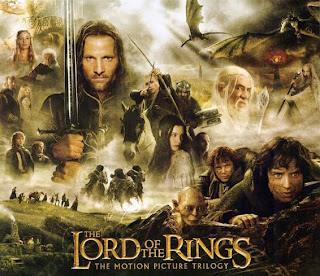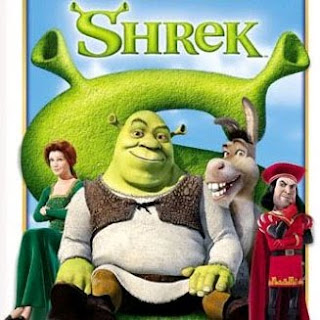In the world of marketing, there are two types of brands – leader brands and challenger brands. Leader brands are those brands who often command the largest market share or value. They mostly have a first mover advantage or are early entrants in the category. They have deep pockets and often act like a bully. Challenger brands are new entrants in the category who have the ability to change the game as the stakes are relatively lower compared to a leader brand. They can either belong to the same category or come from a different one to create a disruption in the category. A classic example is what Apple did to Sony Walkman with iPod.
However, in some cases a leader brand can also become a challenger brand. It ise not complacent with its success. The brand constantly keeps innovating and raises the bar for the competition. Some brands that follow this are Apple, Amazon, Facebook.
One such Indian brand that seems to fit this is Tata Sky. Even though this brand had the first mover advantage in the DTH category it keeps introducing new and innovative offerings at regular intervals. This offerings are often industry firsts where other players like Airtel, Videocon, Reliance have no choice but to copy and make it available to their customers
Tata Sky has launched many firsts in the DTH space. Some firsts, according to my guess, include Interactive TV with ActivZone like games, education, movies, cooking, darshan etc; pause and record live TV feature; HD channels; pay per view movie; recording on the go and the latest of all is a Tata Sky Mobile Access App.
Available free on the iPhone, iPad and iPod Touch this app allows you to see what your facebook friends are watching, set reminders for your favorite shows, use your phone to control the TV, discover the most-watched and highest-rated shows and much more. This is currently the number one app on the Indian app store.
I do not know about their services as I am not their customer yet (using CAS offered by cablewala), but if at all I am going to switch to DTH, it is certainly going to be Tata Sky.
I only hope they stay true to their promise of ‘Isko laga dala toh life jingalala’













